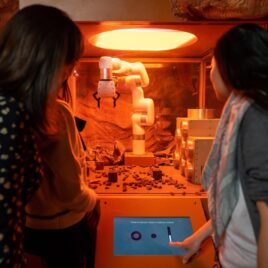Unveiling the Art and Engineering Behind the Waves
Children’s museums, vibrant hubs of exploration and discovery, have a rich history that mirrors the evolving understanding of childhood development and the importance of play in learning. Let’s embark on a fascinating journey through the decades, tracing the origins, growth, and transformative impact of these dedicated spaces for young minds.

Origins: Seeds of Inspiration
The roots of children’s museums can be traced back to the late 19th century when educators and thinkers began recognizing the distinct needs of children for hands-on, interactive learning experiences. Inspired by the burgeoning field of progressive education, these pioneers sought to create environments that would engage children’s natural curiosity and foster a love for learning.
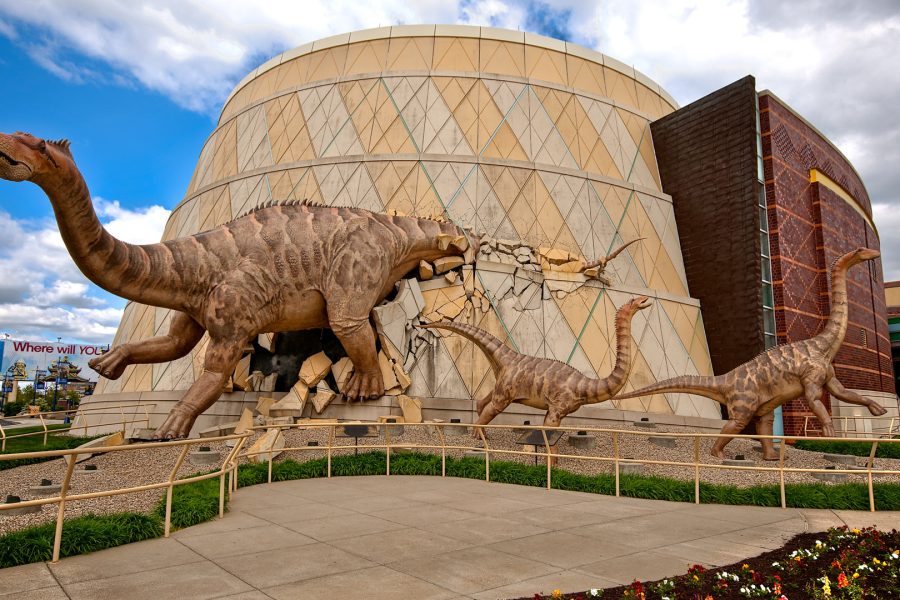
Early Pioneers: Brooklyn Children’s Museum
In 1899, the vision materialized with the establishment of the Brooklyn Children’s Museum in New York. Considered the world’s first children’s museum, it was founded by a group of educators led by Caroline Pratt. The museum’s groundbreaking approach focused on providing a space where children could engage in “museum workshops” and learn through play, setting a precedent for future institutions.
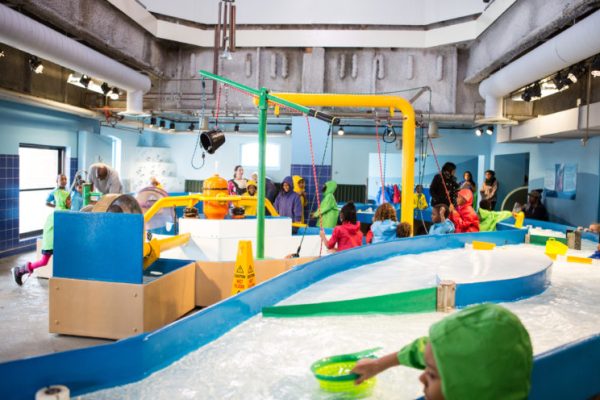
Expanding Horizons: Mid-20th Century
Technical drawings pave the way for crucial decisions on water tank dimensions, water flow directions, and overall water system specifications. The main power-consuming elements, such as pumps and hydrophores, are determined based on these specifications. Informing the client or building contractor about the total power requirements is essential for seamless integration.
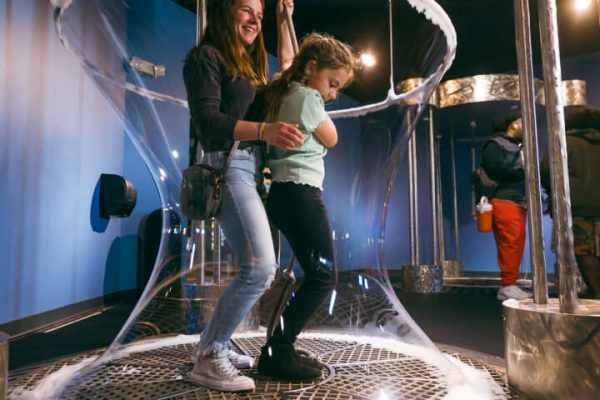
Shaping the Future: The 21st Century
As we entered the 21st century, children’s museums evolved to meet the demands of a rapidly changing world. Embracing technology and innovation, these institutions started incorporating interactive exhibits that blended education with entertainment. The Exploratorium in San Francisco and the Children’s Museum of Houston exemplify this shift, providing immersive experiences that captivate young audiences.
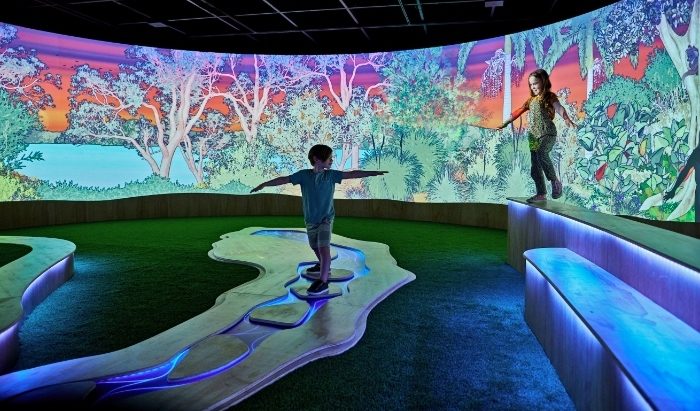
Core Principles: The Essence of Children’s Museums
Children’s museums, regardless of their size or location, share common principles. They prioritize experiential learning, encourage imaginative play, and foster a sense of wonder. The emphasis on interactive exhibits, hands-on activities, and open-ended exploration distinguishes these spaces as dynamic environments for cultivating creativity and critical thinking.
Looking Ahead: A Continuum of Innovation
As we peer into the future, the trajectory of children’s museums continues to evolve. The integration of STEAM (Science, Technology, Engineering, Arts, and Mathematics) initiatives, digital technologies, and a commitment to accessibility solidify these institutions as vital contributors to the educational landscape.
In conclusion, the history of children’s museums is a narrative of visionary educators, community support, and an unwavering belief in the potential of young minds. From humble beginnings to global influences, these museums stand as beacons of inspiration, nurturing the curiosity and creativity of generations to come.


